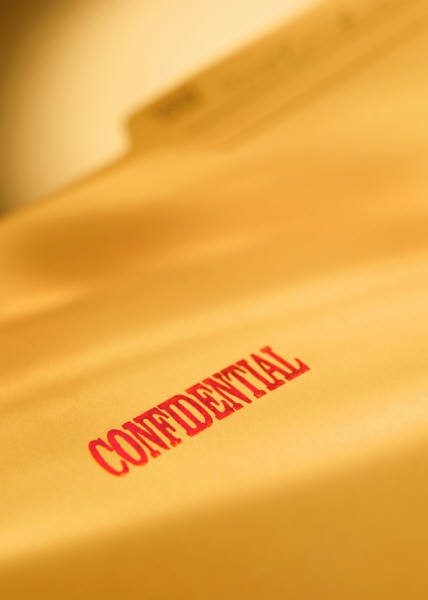A trade secret is something that provides an advantage to the company that owns it. It could be formulas, software, even lists of names. A trade secret is not disclosed publicly (unlike a patent, see post on patents.)
If a company wishes to mark something a trade secret, it must proactively take action to protect those secrets, such as having employees and non-employees sign non-disclosure agreements.
Misappropriation of trade secrets consists of someone, who knew the trade secret, using it in a non-permissible fashion. It is not uncommon for employees of a company to leave and start up their own company to create a “better” and competing version of the product. They must be careful not to use any confidential steps, procedures, software, concepts, etc., in their new product. Even if they were to write their software code from scratch, if they use any algorithms, procedures, processes, or other confidential concepts from their former employer, it may be in violation. If they use electronic or paper copies of software source code to guide them in writing new code from scratch, that may also be in violation. It may also be theft.
Proof of trade secret misappropriation requires that the alleged violator must have somehow obtained those secrets from the owner. It could be through a former employee. It could be through an outsider that had signed a non-disclosure agreement. It could be theft by physically or electronically breaking in and stealing the secrets by copying documents, design guides, and/or software source code.
If Company B happens to independently create Company A’s secrets, but had done so without any knowledge that Company A even had those secrets and had marked them as such, then Company B is not misappropriating Company A’s secrets.
The concepts and examples I’ve written here are brief and incomplete. Closer examination is required on a case-by-case basis with legal counsel to determine if there was misappropriation of trade secrets.
Gary Stringham, author of the book, Hardware/Firmware Interface Design: Best Practices for Improving Embedded Systems Development, is an acknowledged expert witness and thought leader in embedded systems. Feel free to contact him at 208-939-6984.

